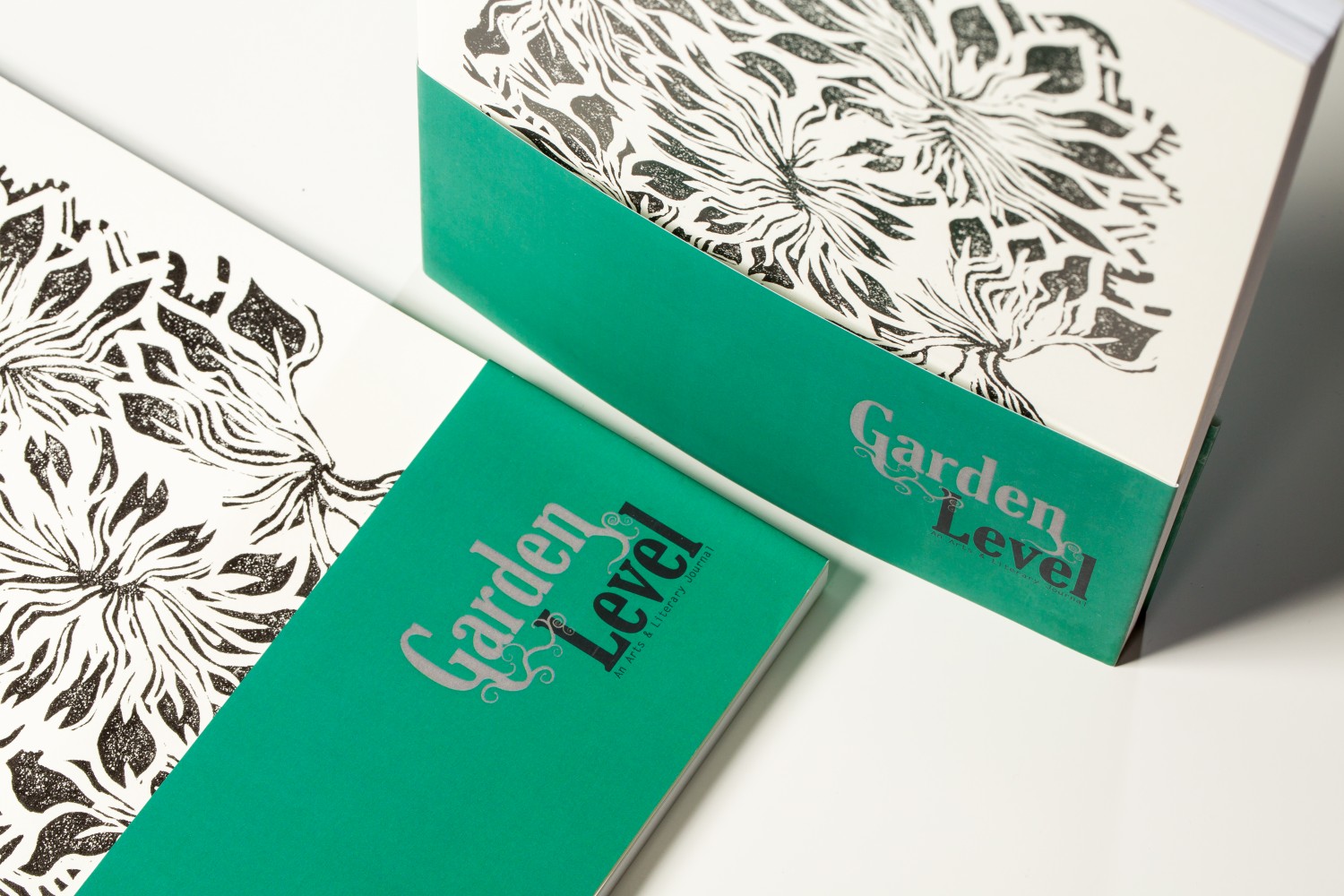Bookmobile Offers Many Options to Customize Paperbacks and Hardcovers
When readers buy print books, it’s not always for the content. A book can also be a tactile experience, an aesthetic experience, even an olfactory experience. (Do you sniff your books? My husband does.) In book production, we discuss how toothy a paper is, how peachy or yellow the cream paper is, how blue the white paper is, whether the matte lamination is slippery or like velvet or butter, whether the gloss lamination is thick and shiny like syrup or has a clean acrylic-like finish. Publishers know what they want a book to feel like when a reader picks it up; but beyond the cover design, what will make the spine pop on a crowded shelf or the book stand out from the stacks of others on a table?
At Bookmobile, all our production is done in house, and we’re always up for new challenges. If you have an idea, ask us about it—and if we can physically make it happen, we will do it. We have brought to life some amazing ideas for production details from the publishers, museums, galleries, and artists we work with. I want to hear what your ideas are! Here’s a sampling of our options to jumpstart your imagination, with links to images where available.
- Print your cover on uncoated card stock.
- Print your cover on uncoated card stock, then laminate it.
- Print your cover on uncoated card stock, then laminate it. Then emboss it.
- Use a foil stamp on your paperback cover.
- Use a blind emboss or deboss on your paperback cover.
- Use an odd trim size.
- Supply us with letterpress printed or screen-printed covers for binding.
- Use a two color/hit foil stamp.
- Wrap a dust jacket on your paperback, either full or partial. Or use translucent vellum!
- Add color inserts to a black-and-white interior.
- Add colored end sheets to your paperback.
- Print on the colored end sheets.
- Use a three-piece case for your hardcover.
- Print on the inside of your cover.
- Add a fold-out insert.
- Add French flaps.
- Add translucent vellum interior insert pages.
- Have us bind your book into a blank cardstock cover, and then take it to a speciality binder for a fancy finish.
- Have us print and bind a plain book, then age it and soak it in ink when you get it.
- Add sparkly end sheets to your hardcover.
- Do a flip book.
To see more variations of the above and a broader view of our printing, browse our Gallery!
What have we been asked to do that we can’t? All the inquiries below are real, I promise.
- Have a wind-up butterfly fly out of the book when its opened.
- Have the print pages appear to be luminescent and backlit, like an iPad.
- Make deckled edges (unfortunately we cannot do these, and its not an uncommon request).
- Print the cover on incense paper, so one could eventually burn it, fragrantly.
- Hand-paint images (ourselves) throughout the book.
- Handwrite letters, stuff into envelopes, and glue to pages throughout the book.
What do I hope we can do in the future (that may actually be possible)?
- Print and bind a larger trim size than our current maximum, which is 11-5/8″ square.
- Produce French flaps on books that are larger than 6″ x 9″.
- Print a spot varnish on interiors and covers—we’re testing this with our Xerox.
- Print a gold or silver ink on interior and covers—we’re testing this with our Xerox as well (though I am less excited about this, because we can already foil stamp a cover with gold or silver, and I think the embossing that comes with a stamp looks better than printing).
- Die cut covers. We’ve tried a few machines for this, but no good contenders yet. The best contender so far left the covers with singed marks, and frankly they smelled burnt. My husband and other book sniffers would not like this.
Have ideas for us? Want to see a sample? Need a quote? Contact me!

